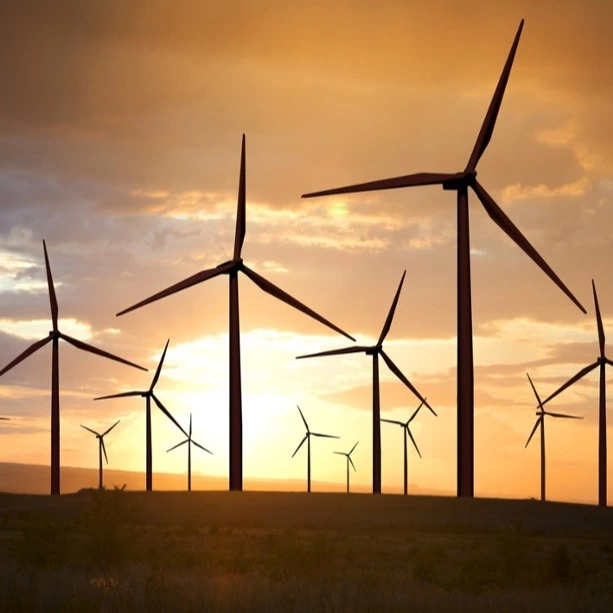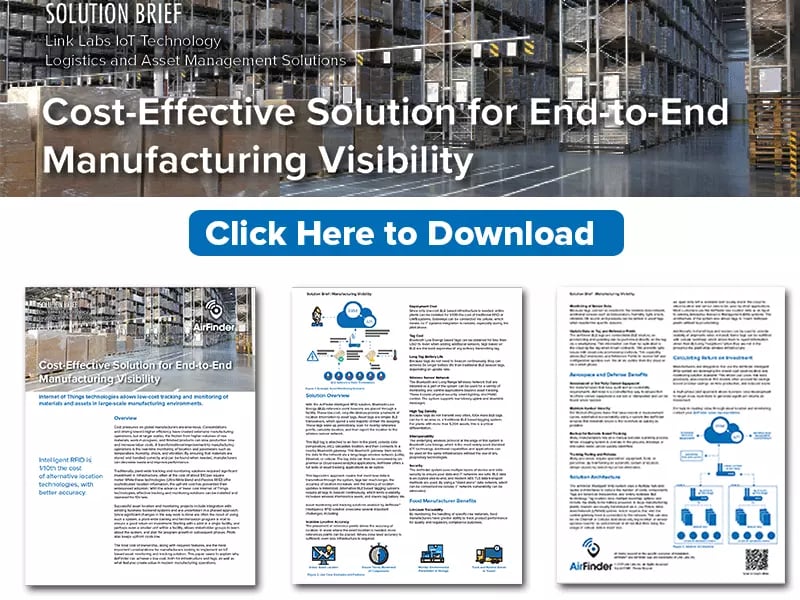The energy sector is one of the most mature when it comes to the Internet of Things (IoT) and machine-to-machine (M2M) technology. Electricity smart meters, demand response systems, smart thermostats, and smart lighting are among the oldest IoT use cases (other than some M2M industrial controls).
Now, with a growing market for renewable energies, IoT is set to make a huge impact—so much so that some are dubbing it the “Internet of Energy.” (You may not have heard this term yet—it is used primarily for marketing purposes.) In this article, we’ll walk through several use cases where IoT is making a big impact on the energy sector.
Internet of Energy: 3 Use Cases
Electricity Metering
The Internet of Energy has huge implications for smart cities, because cities rely on consistent, ubiquitous power sources. Most people think of smart meters when they consider smart cities, but that’s actually a pretty simple problem to solve. Smart meters tend to be evenly dispersed around a city, and there are a lot of them. The electricity meter market is saturated and mature, and they include players like Landis+Gyr, Itron, and Silver Spring Networks. Often, these electricity meters are pretty simple—they simply capture data and send it back to the utility. In some cases, two-way communications send data back down to the application. For example, if an application has bidirectional functionality, a utility could remotely connect and disconnect service.
Smart Buildings
Energy efficiency is a big part of IoT in building energy. Cutting power loads is one way to be more efficient, but building automation and control is another great solution. There are numerous ways you can increase energy efficiency in a building. Some options include:
- Using your HVAC system efficiently.
- Automatically turning lights off when a room isn’t occupied.
- Balancing airflow, so building occupants get air when and where they need it.
- Making sure appliances aren’t drawing too much power.
Energy Production
A major challenge with solar and wind power in the past was that the only efficient way to generate this type of clean energy was to have massive solar fields or wind farms; otherwise they wouldn’t make financial sense to tie into the grid. These fields would feed the electrical distribution system just like a nuclear, gas, or coal power plant in order to provide bulk generation.
Today, IoT is disrupting this field by making distributed energy easier to use. Distributed energy is defined by the U.S. Department of Energy as “a range of smaller-scale and modular devices designed to provide electricity… in locations close to consumers,” like solar panels on a roof or small wind turbines in a consumer’s backyard.
Right now, solar panels don’t make up a large percentage of energy serving the grid. So, if a cloud passes overhead, and a panel becomes 50% less efficient, the grid isn’t dramatically impacted. However, if 50% of the grid was served by solar and a cloud passed over an area, there would be a dramatic impact—you would see widespread blackouts and brownouts. IoT-driven communication with distributed energy allows you to manage the generation source in real time.
With smart grid technologies, grid operators can afford to bring more and more distributed resources on the grid without massive power failures. This smarter system allows users to do things like price assets dynamically. When energy consumption is high, it may make sense to fire up a natural gas generator—and at times when prices are lower and you need more power, it may be better to dispatch a battery that serves the grid. Having this information makes renewables and energy storage more viable for grid operators and consumers.
In Conclusion
IoT is helping the Internet of Energy move forward by connecting equipment that uses power to equipment that generates power. When we’re able to gather as much information as possible about both power generation and demand, we’ll be able to move toward more efficient and renewable energy.




